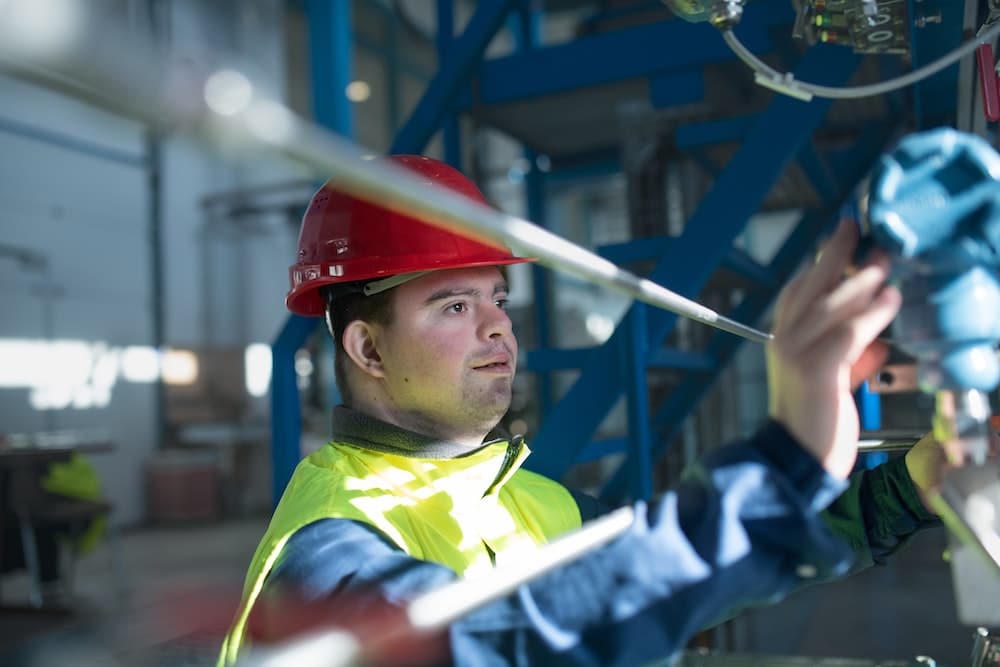How to Integrate Green Roofs into Urban Residential Design?

Urbanization has brought a myriad of challenges to cities around the world, including increased pollution, decreased green spaces, and strained water systems. However, a revolutionary solution is available that could bring a breath of fresh air to our urban landscapes: green roofs. This article will provide a detailed guide on how to incorporate green roofs into urban residential design, focusing on the benefits, project considerations, system selection, plant choices, and maintenance.
Understanding the Concept of Green Roofs
As you navigate through the ever-evolving world of urban design, the concept of a green roof may seem alien. However, it’s a simple yet innovative idea that involves transforming a building’s roof into a sustainable, living ecosystem.
Dans le meme genre : How Can Brownfield Land Be Effectively Redeveloped for Residential Use?
A green roof is essentially a roof of a building that is partially or completely covered with vegetation and a growing medium, planted over a waterproofing membrane. This green layer can absorb rainwater, improve air quality, and provide insulation, among other benefits. Green roofs can vary from simple roof gardens with planters and vegetation to extensive green roofs with complex systems designed for larger buildings.
Green roofs are increasingly being integrated into urban residential design as they offer many advantages. They not only add an aesthetic appeal to buildings but also contribute to environmental sustainability.
Lire également : How to Navigate the Complexities of Dual Agency in Real Estate Transactions?
The Benefits of Green Roofs
The incorporation of green roofs into urban residential design provides a wealth of benefits. These advantages range from environmental to economic, making the green roof an attractive proposition for any urban development project.
A key environmental benefit of green roofs is water management. Green roofs can absorb and retain a significant amount of rainwater, reducing the amount of runoff that goes into city sewers and stormwater systems. This function can be particularly beneficial in cities with limited water systems or in areas prone to flooding.
Furthermore, green roofs can help improve air quality. The vegetation on the roof absorbs carbon dioxide and other harmful pollutants, while releasing oxygen into the air. This process can help combat air pollution, a common issue in urban areas.
On a financial level, green roofs can also contribute to energy savings. They act as natural insulation, reducing the need for heating in winter and cooling in summer, thus reducing energy consumption and the associated costs.
Selecting the Right Green Roof System
Incorporating a green roof into an urban residential design requires the selection of an appropriate system. This selection will depend on a number of factors, including the size and slope of the roof, the climate, and the intended use of the roof.
The two main types of green roof systems are extensive and intensive. Extensive systems are typically lighter, require less maintenance, and are generally used for environmental benefits. On the other hand, intensive systems, often referred to as roof gardens, are heavier and need more maintenance, but they can support a wider variety of plants and provide recreational space.
It’s crucial to collaborate with professionals who understand the structural implications of a green roof to ensure that the building can withstand the additional weight, especially in the case of an intensive system.
Choosing the Right Plants for Your Green Roof
The vegetation you choose for your green roof plays a fundamental role in its success. To thrive in an elevated environment, plants need to be hardy, drought-tolerant, and able to withstand exposure to wind and sun.
Sedums, for example, are often a popular choice for green roofs due to their hardiness and low water requirements. Grasses, herbs, and flowering perennials can also be suitable, adding a splash of color to the roof landscape. For an intensive green roof, you might even consider small shrubs and trees.
Ensure that the chosen plants can thrive in your local climate. Local native plants are often the best choice as they are adapted to the local conditions and can support local wildlife.
Maintaining Your Green Roof
While green roofs are relatively low maintenance compared to traditional gardens, they still require some care to ensure their longevity and effectiveness.
A typical maintenance schedule might include spring and autumn inspections to check the health of the plants and the integrity of the waterproofing membrane. Pruning and weeding might be necessary, especially in the early stages of the roof’s life.
Watering is generally not necessary for extensive green roofs, as they are designed to survive on rainfall alone. However, during periods of prolonged drought, some watering might be required.
By incorporating green roofs into urban residential design, you can contribute to a greener, healthier, and more sustainable urban landscape.
Case Studies of Green Roofs in Urban Residential Design
Drawing from global experiences, numerous urban areas have successfully integrated green roofs into residential design. These case studies underline the potential of green roofs to solve urbanization challenges.
One notable example is in Toronto, Canada, where as of 2009, all new commercial, institutional, and residential developments with a minimum gross floor area of 2000 square meters must incorporate green roofs. This initiative has resulted in a significant increase in urban green spaces, improved air and water quality, and substantial energy savings.
Another case study can be found in Germany, particularly in the city of Stuttgart, which has a long history of roof greening. The city has an expansive network of both extensive and intensive green roofs, contributing to a significant reduction in the urban heat island effect, enhanced stormwater management, and increased biodiversity.
However, green roofs are not limited to high-income countries. In Medellín, Colombia, the local government has implemented a program to install green roofs in low-income neighborhoods. These green roofs not only provide a cooling effect and improve air quality but also offer a source of food security through the cultivation of edible plants.
Each case study demonstrates that the integration of green roofs into urban residential design is a feasible and beneficial strategy, regardless of the city’s size, climate, or economic status.
Conclusion: Greening the Future of Urban Residential Design
In conclusion, integrating green roofs into urban residential design is a pioneering approach to address the challenges of urbanization. By utilizing the often-unused roof space, we can create living walls that provide numerous environmental, economic, and social benefits.
Green roofs have the potential to transform our urban landscapes, turning concrete jungles into verdant oases. They present a unique opportunity to improve air and water quality, enhance biodiversity, manage stormwater, and reduce the urban heat island effect. Moreover, they can make significant contributions to energy savings and increase the aesthetic appeal of buildings.
However, successful implementation of green roofs requires careful system selection based on the building’s characteristics and local climate conditions. It’s essential to choose the right plant species that can thrive in the specific environment and ensure regular maintenance for the longevity and effectiveness of the green roof.
By studying and learning from the various case studies around the world, we can adapt and innovate to make green roofs a standard feature of urban residential design. Through collaborative efforts, continued research, and public education, the green roof movement can continue to grow, contributing to greener, healthier, and more sustainable cities.
In the words of Google Scholar, "the green roof is not just a fashion; it’s the future of sustainable urban living." So, let’s embrace this green revolution and make the concept of green roofs a reality in our urban areas.
